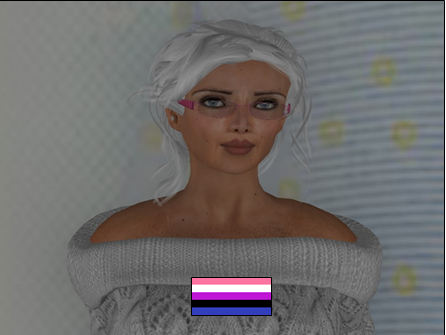Multi-stage Dev of AI NPCs for undergraduate education
Full title: Multi-stage development of AI Non-Player Characters for educational purposes in an undergraduate curriculum.
Five interconnected technological developments over the last 70 years have converged in recent decades to create new learning opportunities for foreign language learners: computers, computer games, internet, AI, chatbots, and speech recognition. This presentation will give a brief description of the multi-stage development process over 17 years of AI chatbots in Second Life used as part of a Chinese language and culture traditional undergraduate curriculum currently still in use in a major Australian university.
The presentation will also briefly touch on learner feedback at various stages of the development of the interactive NPCs and on published research related to the use of these NPCs in task-based learning within the formal undergraduate curriculum.
Speaker
-
 zzScott Grant / Kaylee West (Poster Booth 21)
zzScott Grant / Kaylee West (Poster Booth 21)Dr Grant lived, studied and worked in China for 8 years. He has taught Chinese language and culture at tertiary level for more than 20 years. He coordinates and teaches two gateway units in the Monash University Chinese Studies program. He is the creator of the Monash Chinese Island virtual language learning simulation in Second Life that has been part of the formal introductory level curriculum at Monash since 2008.
Scott has also conducted collaborative research and jointly published a number of papers on educational uses of 3D multi-user virtual environments covering topics including self-efficacy, cognitive skills , second language acquisition and foreign language anxiety. His PhD thesis was based on his work on task-based language learning in the virtual environment of Chinese Island. Scott’s current research focuses on educational uses of high immersion VR and AI.


